Japanese Traditional Crafts, Rich in History, Yet Timeless
In Japan, a country heavily steeped in tradition, handicrafts have been proudly passed down from generation to generation; the country is home to more than 236 nationally designated traditional crafts, created using traditional techniques employed by highly skilled craftsmen.

Japanese Traditional Crafts are not simply items of decoration to adorn the homes of the rich; rather, they are ordinary objects used in daily life, cultivated with a care and attentiveness unique to Japan. While the techniques themselves are long-lived, the works they produce are also known for their longevity. If lacquer ware—perhaps one of Japan’s most famous handicrafts—begins to peel, for example, it can be repainted like new, even after 50 years of life. Likewise, in the world of ceramics, the art form known as kintsugi in fact relies on the natural wear and tear of objects: chipped or cracked pieces of ceramic are repaired with lacquer and decorated with gold powder.
Formerly, to become a craftsman, one would apprentice oneself to a master and inherit his skills through observation. Nowadays, while many people still adhere to this traditional approach, there are also training facilities for artisans run by production centres and workshops all over the country; since 1975, The Association for the Promotion of Traditional Craft Industries has been conducting the ‘Master of Traditional Crafts Certification Examination.’
There are five rules required for an item to be designated as a Japanese Traditional Craft. First, it must be one that is used primarily in daily life. Second, the most significant process involved in manufacture (i.e. that which has the biggest impact on the quality of the product) must be carried out by hand. Third, the item must have a history of more than 100 years and must be manufactured using traditional techniques and technologies that have been maintained through the years. Fourth, the raw materials used for the item, too, must have a history of more than 100 years of use. Lastly, the product must be manufactured in a certain region and must belong to a regional industry of a certain scale. Only those that satisfy all five rules can be designated as Japanese Traditional Crafts.
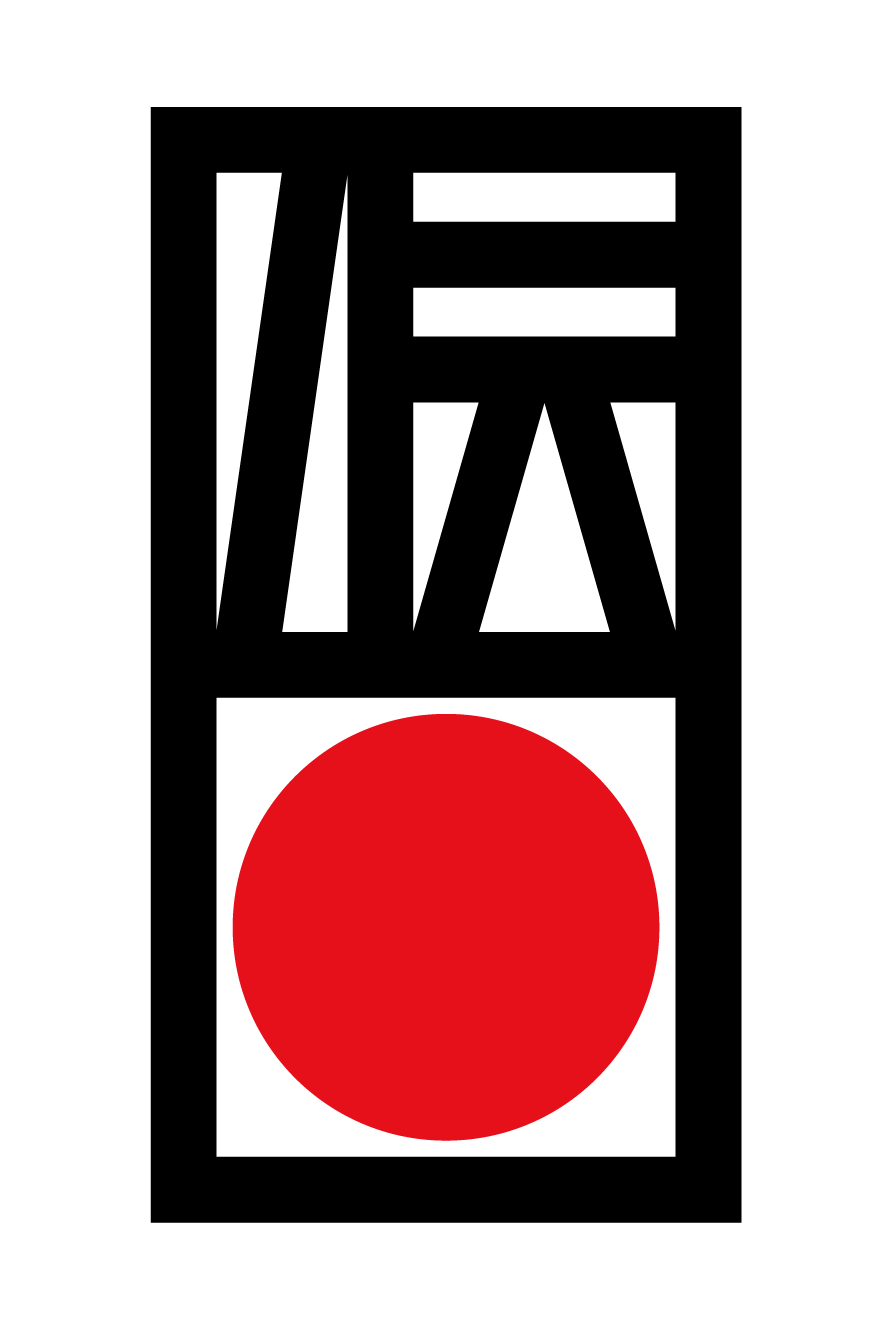
Once an item is designated, the ‘Japanese Traditional Crafts Certificate’—a sign that both the craftsmen and the Association are proud to certify the high quality and skill involved—is given. The design for the certificate was created by Yusaku Kamekura, who also created the poster for the 1964 Tokyo Olympics.
The history of Japanese Traditional Crafts
All Japanese Traditional Crafts are more than 100 years old, as per the designation requirements, but some of them began their lives as far back as the Heian period (794-1185). For many generations, they enjoyed prosperity. In the early Meiji era (1868-1912), however, in order to compete with Western countries, Japan’s manufacturing industry began the process of mechanisation. This dealt a heavy blow to the craftsmen whose livelihoods relied on their role as purveyors of handcrafted daily necessities. The blow was further impacted by the general consensus in the country at the time: Japanese objects were ‘old-fashioned’ while objects from abroad were becoming increasingly popular. However, in 1873, Japan participated in the Vienna World Exposition for the first time, exhibiting mainly handicrafts. These crafts proved popular and sold well; those traditional crafts dismissed in Japan found a welcome home among their foreign audience.
This boost in the handicraft economy was short-lived, however, and, during its period of rapid economic growth after World War II, Japan entered an era of mass production and mass consumption, causing traditional handcrafting techniques to fall into disuse. Craftsmen faced a crisis: if things continued as they were, the techniques that had been passed down over the centuries would disappear forever. Even today, Japanese Traditional Crafts face a variety of problems, such as a lack of successors and a shortage of materials and tools.
However, traditional crafts and production areas are beginning to undergo major changes. Many Japanese Traditional Crafts are now created using the high-quality materials and skills that only craftsmen can offer while also incorporating fashionable designs in line with the times, (and more affordable prices to match).
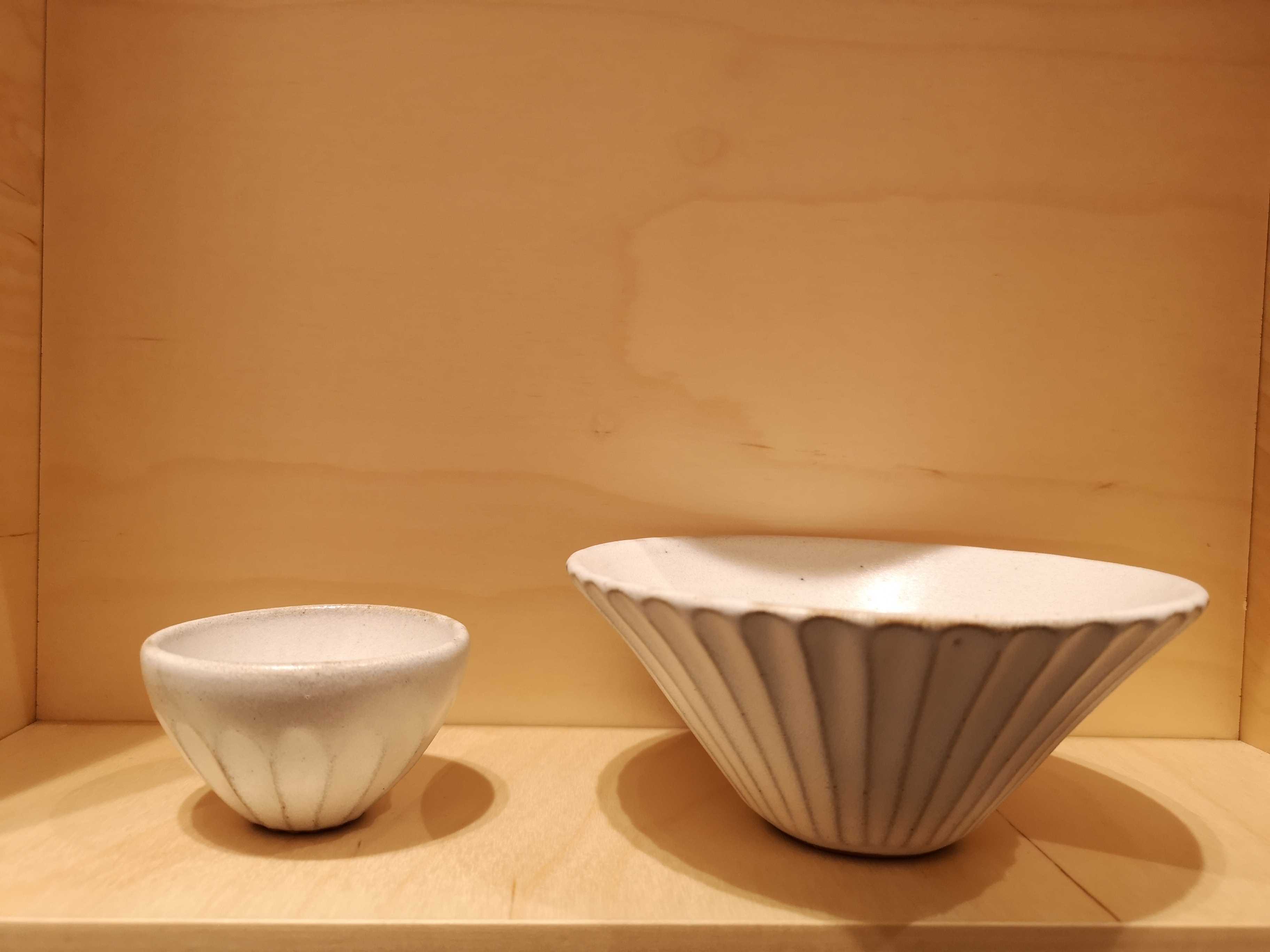
Sake cup and round bowl in the style of shiro futoshinogi (a pattern of vertical stripes carved with a plane). Origin: Fukushima, the oldest production area of white porcelain in the Tohoku region.
It is said that pottery making began during the Sengoku period (1467-1590) when clay tiles were made for the roof of Wakamatsu Castle in Aizu-Wakamatsu (the original name of Fukushima Prefecture).
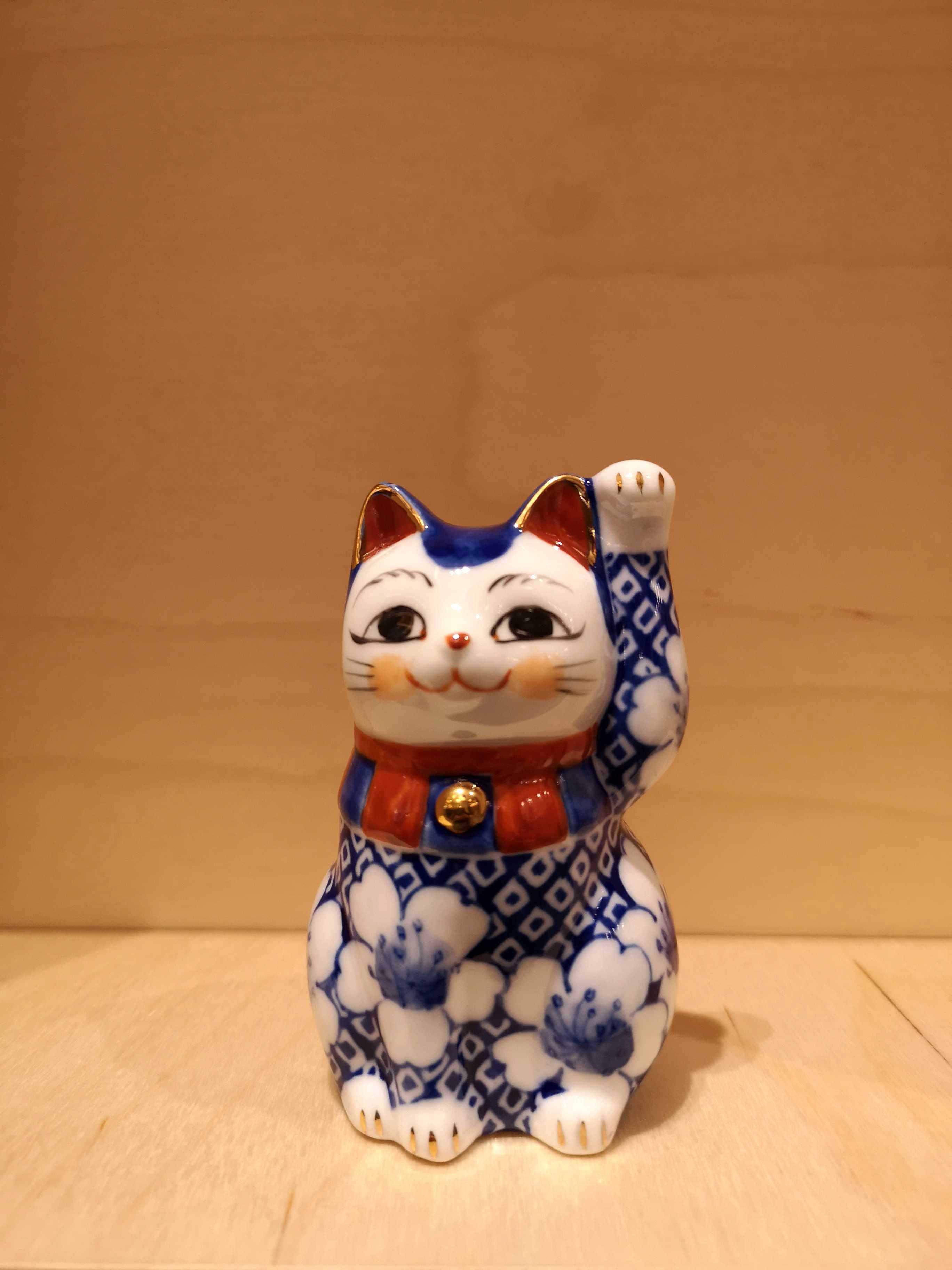
‘Beckoning cat’ painted using the somenishiki technique. Origin: Aichi
Somenishiki is a method of combining sometsuke (painting in indigo on an unglazed surface), and iro-e (painting in red, yellow, green, etc. on a glazed surface). At the beginning of the 19th century, the technique of firing porcelain, brought back from Kyushu by the local people, and the soft and rich Chinese style of painting, taught by experts, influenced each other and developed greatly, and by the middle of the 19th century, the technique for creating Seto sometsuke ware was established.

Hagiyaki plate with kairagi glaze. Origin: Yamaguchi
The origins of Hagi ware can be traced back 400 years, when Mori Terumoto, who had traveled to the Korean Peninsula with Toyotomi Hideyoshi, returned to Japan accompanied by two local potters, Lee Shako and Lee Kei. Kairagi refers to the fired, grainy, and shrivelled glaze used on ceramic. It takes its name from the granular skin of a stingray or shark, called kairagi, which would traditionally be used to wrap around the handle of a sword; the ceramic is also called kairagi because its surface resembles this texture.
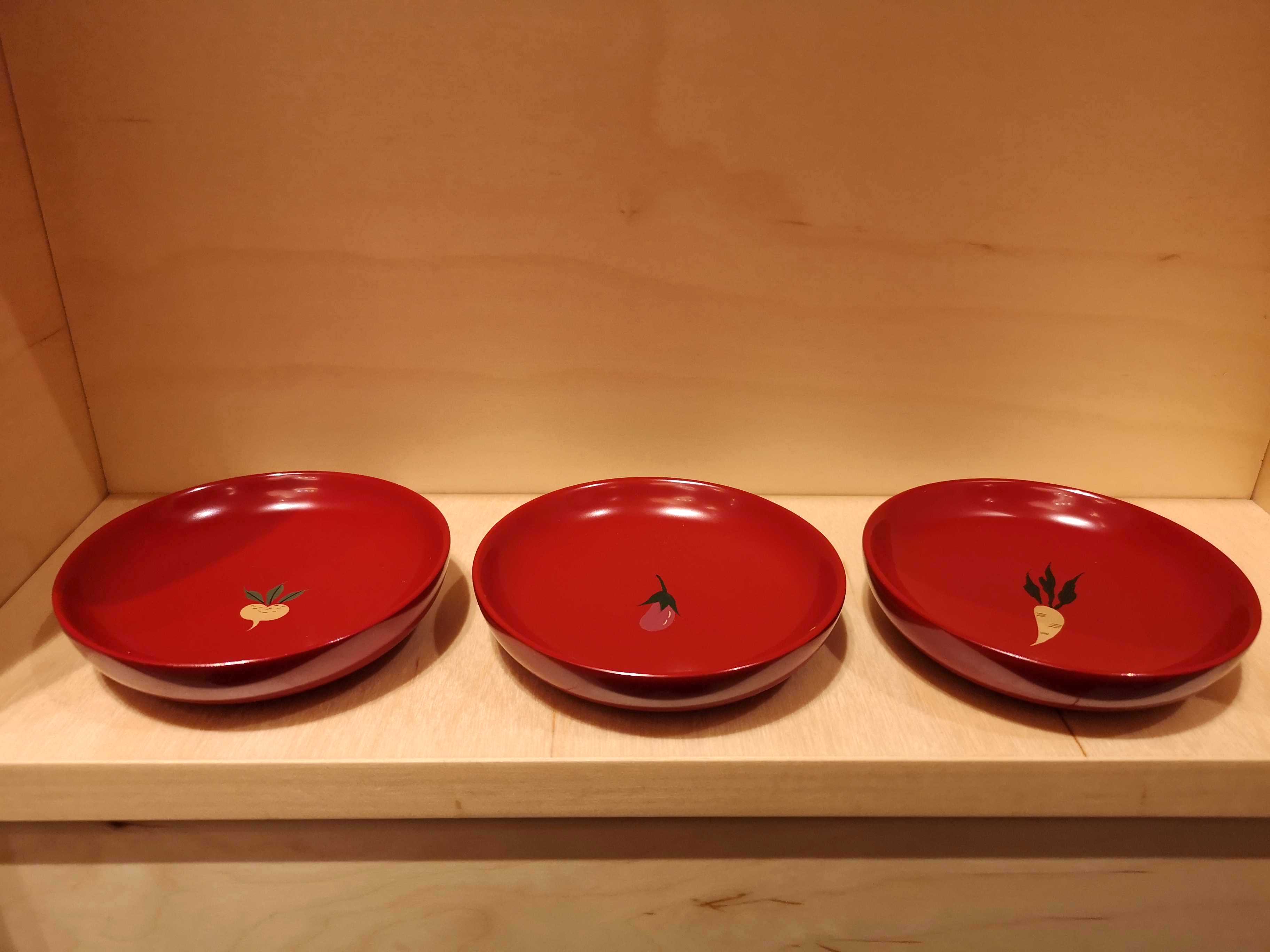
Small plates for condiments with Kawatsura lacquerware. Origin: Akita
Kawatsura lacquerware has a history of more than 800 years. Originally, the lacquer was used to strengthen the armour and weapons of the shogunate but eventually came to adorn everyday items such as plates and bowls. Kawatsura lacquerware is characterised by a unique process of applying raw lacquer directly onto smoke-dried wood, endowing the objects it decorates with a strong finish.
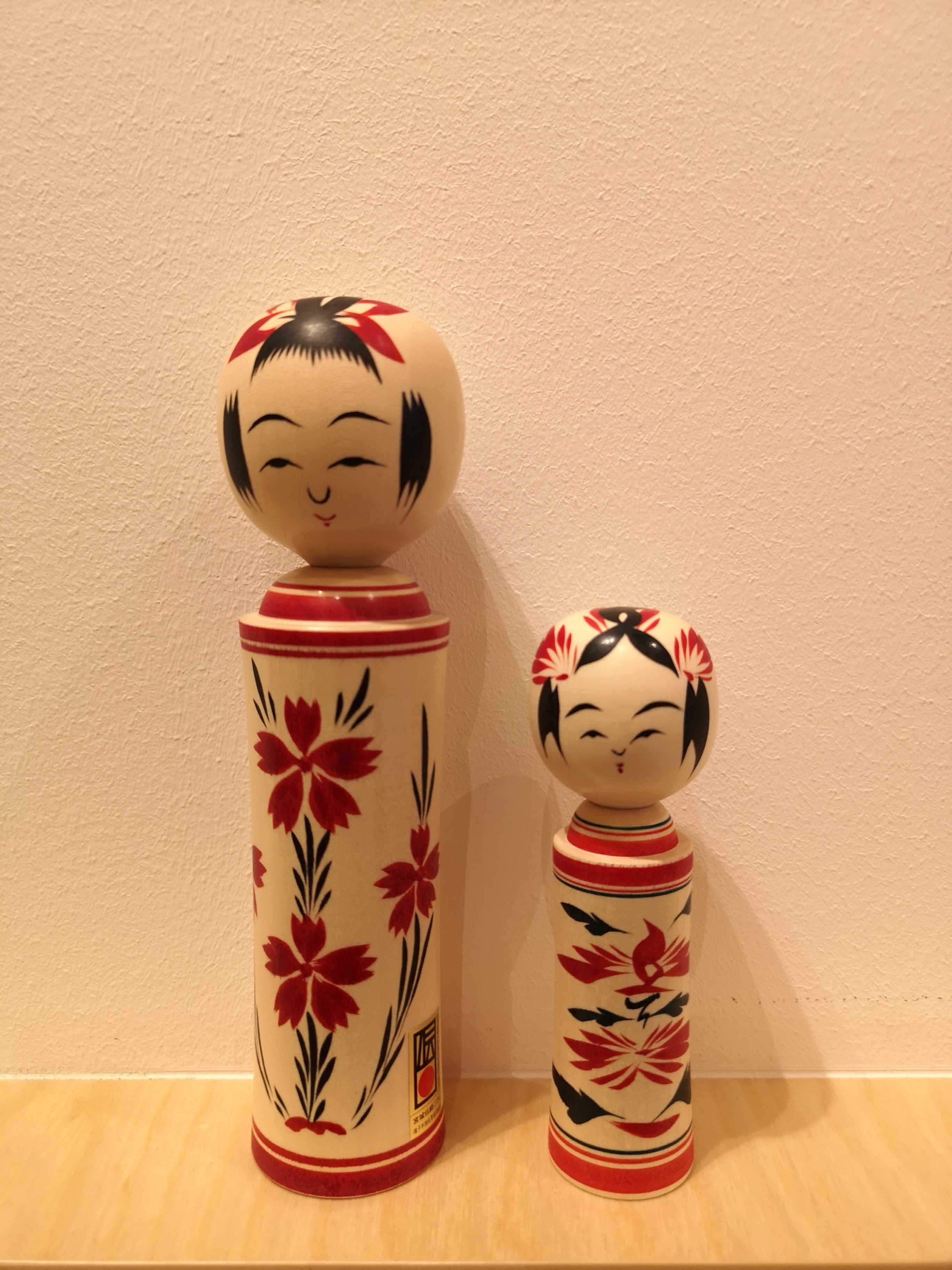
Kokeshi (wooden dolls) Origin: Miyagi
This type of wooden doll is said to have originated as a souvenir of hot springs in the Tohoku region after the mid-Edo period. Kokeshi are made from the wood of the Cornus Controversa tree, which is first stripped of its bark, and then left to dry from anywhere from one to five years. Once dried, the wood is carved into the correct shape, before being sanded, painted, assembled, and then waxed.
At Kinasé in Paris, you can see, touch, and buy sake sets and tableware that are perfect for enjoying sake and Japanese food, as well as ornaments that will easily incorporate the Japanese aesthetic into your home interior. Be sure to visit Kinasé to see the latest collections, ahead of the opening of the official Japanese Traditional Crafts store in the Saint-Germain-des-Prés area.

Kinasé
Address: 28 Rue du Dragon, 75006 Paris
www.kinase-boutique.com/en/TRENDING
-
The Tattoos that Marked the Criminals of the Edo Period
Traditional tattoos were strong signifiers; murderers had head tattoos, while theft might result in an arm tattoo.

-
The Story of Sada Yacco, the Geisha who Bewitched Europe
Described by Dazed magazine as the first beauty influencer, she has been restored to her former glory since 2019.

-
Ito Jakuchu's Naturalist Paintings
From 15 September until 14 October 2018, the Petit Palais showcased the artist's iconic ‘Images of the Colourful Realm of Living Beings’.

-
Chiharu Shiota, Red Threads of the Soul
Last year, more than 660,000 people visited the retrospective 'Chiharu Shiota: The Soul Trembles' exhibit at the Mori Art Museum.

-
Studio Ghibli's Delicious Dishes Are More Than Just Details
Food, often inspired by the directors' favourite recipes, is a crucial element in the plot of these animated films.





